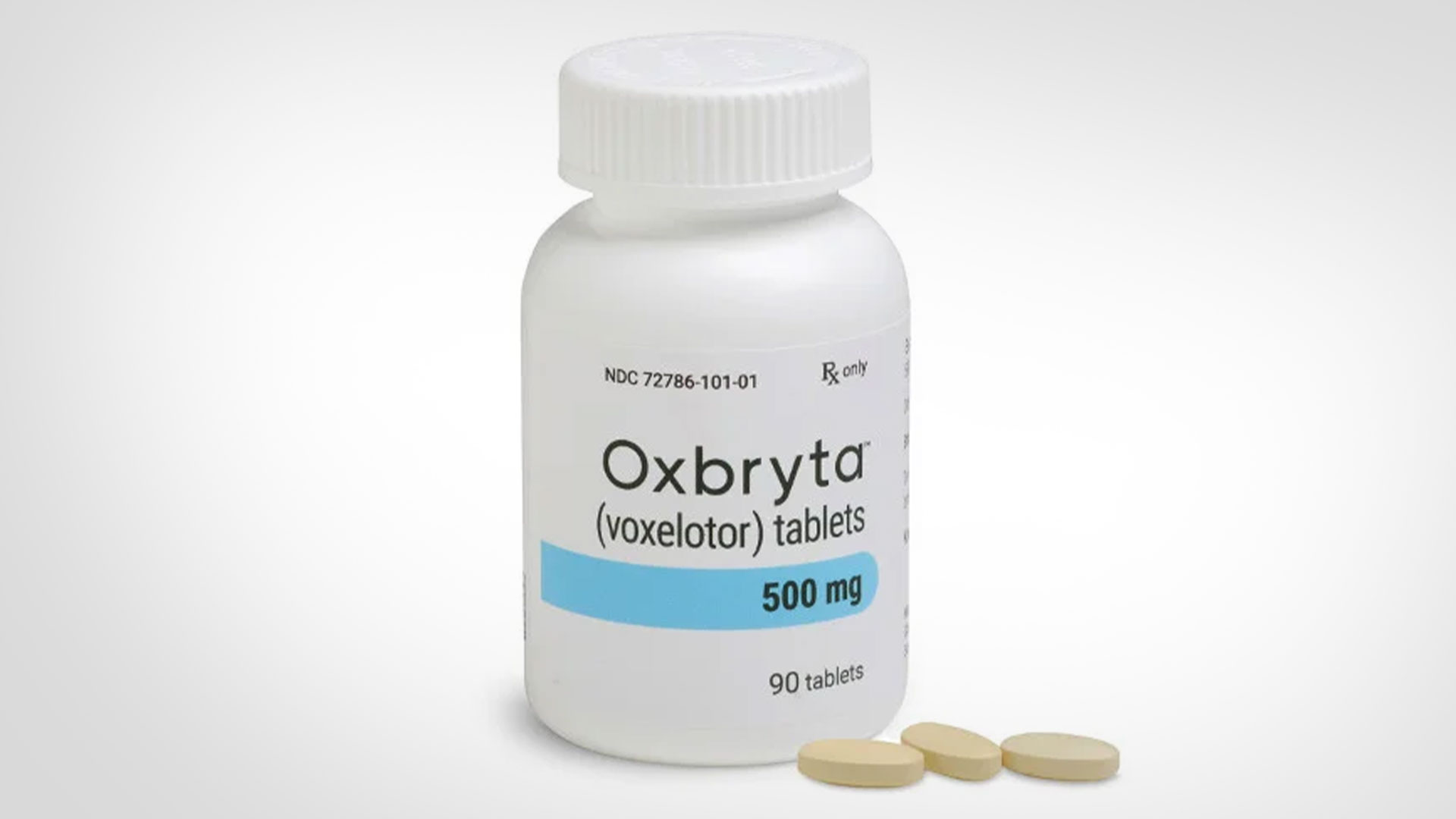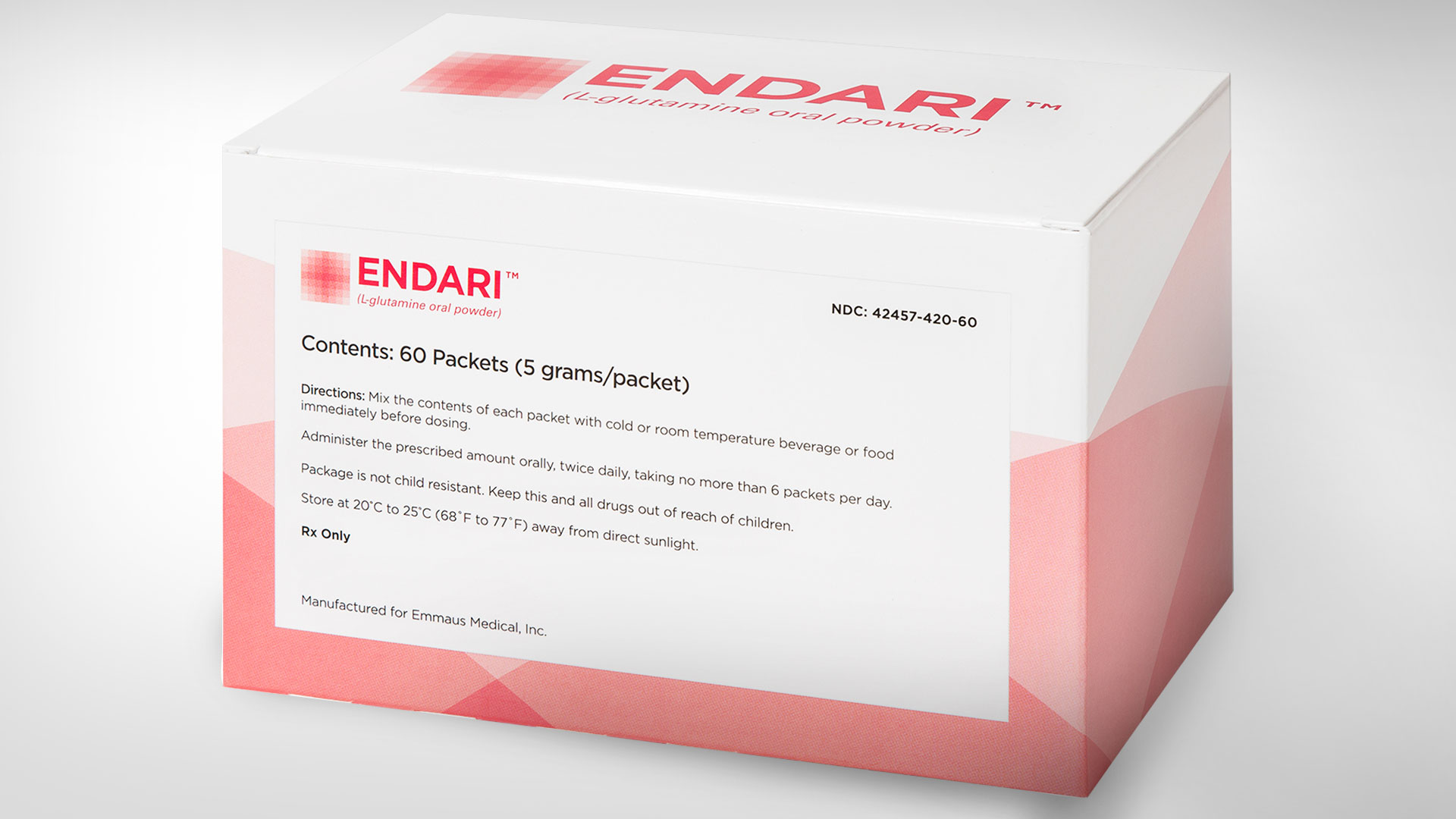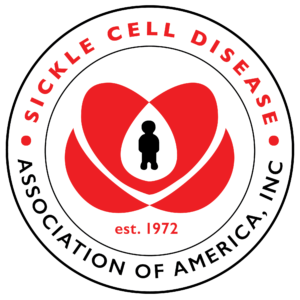White House Proclamation: Sickle Cell Awareness Month
August 31, 2022 | The White House recognizes National Sickle Cell Awareness Month, emphasizing the challenges faced by patients and efforts to find treatments and cures. President Biden urges support and education on the disease.








